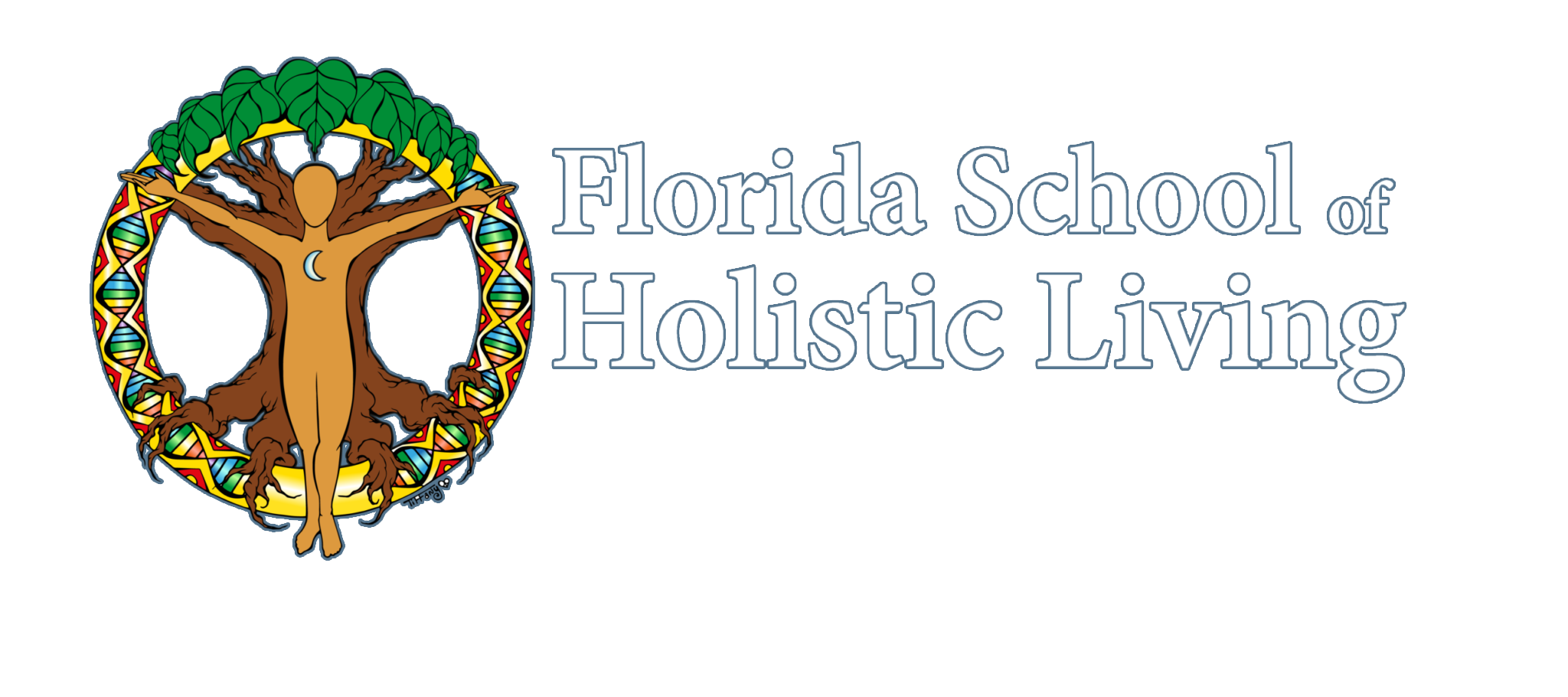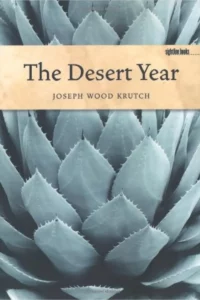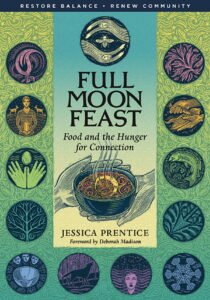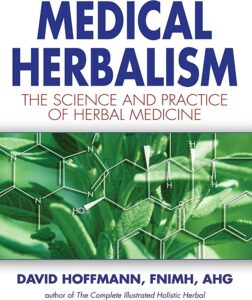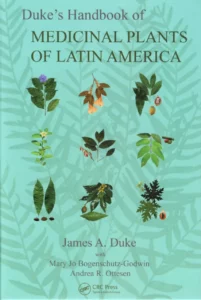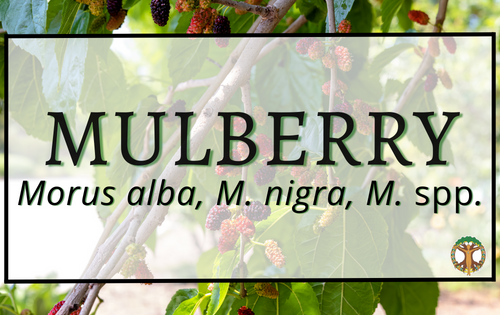Herbal Books: Staff Picks!
A common indulgence amongst all herbalists is none other than herbal books. That insatiable desire to read everything about all the things is real and endless. For some, that’s the initial knowing that herbalism is the path they should should dedicate themselves to. They feel this incredible, almost demanding, urge to sit with herbal information via their most trusted resources.
Below our staff shares their most trusted books that have influenced their herbal journey.
Chris Flocken, Bookkeeper Extraordinaire – “The Desert Year” by Joseph Wood Krutch
“The flora, the fauna, the topography, the atmospheric conditions of the Sonoran Desert are among my oldest and dearest friends. The valley formed by the Catalina Mountains to the north, the Rincon Mountains to the east, the Santa Ritas to the south, and the Tuscan Mountains and the Tortolitas to the west – and all their foothills – is my church, my temple, my proof that there is a God. Not since the summer of 1962, have I been privileged to live within this sacred land. I visit, I savor treasured photographs, I write paeans of devotion and yearning, I dream, and I paint scene after scene from my memory and from my heart.”
“Reading The Desert Year by Joseph Wood Krutch is yet another way for me to celebrate the glory of the Sonoran Desert. Mr. Krutch, an American writer, critic, and naturalist, spent a sabbatical year from his teaching at Columbia University in the Sonoran Desert so that he might see it not as a tourist, but as someone who might know it intimately. He fell deeply and irrevocably in love – just as I did as a child growing into my teens – and he shares his loving observations with us all. This is a beautiful, well-written, thoughtful, and insightful book. If you’ve ever been enchanted by the desert, or perhaps even if you’ve been repulsed by one, this is a must-read book.”
-Chris Flocken
Nina DiCristina, Development Director – “Full Moon Feast” by Jessica Prentice
“Full Moon Feast is an incredible read – so incredible in fact that I’ve gifted it over a dozen times to my friends and loved ones.”
“Being sucked into the diet crazes since the turn of the century has been tough on most of us – this book offers a sensible solution: connection. I still keep some of my other cookbooks for tried and true recipes, but for inspiration in the kitchen I need not look much further than Full Moon Feast. Prentice lays out a seasonal style of eating based on traditional cultures, inviting the reader to align with their own bioregion and consider what’s growing seasonally. As a Floridian I really appreciate this – our seasons are sometimes flip flopped with the rest of the United States for local crops, and we can grow so many delectable tropical foods that aren’t on most continental US folks’ radar! As much as I heard the terms “locavore” and other marketing lingo designed to help me eat locally, nothing clicked for me as well as Prentice’s well researched love story to food.”
“Full Moon Feast is a great read for anyone who eats. It’s a love story to food, plants, animals, and being a human in this world.”
-Nina DiCristina
Stephanie Russ, Operations Director – “Adventures in Edible Plant Foraging” by Karen Monger
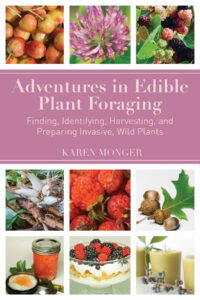
“I love that Karen’s book categorized edibles by fruits, flowers, leaves, roots and nuts. Colorful images throughout the books help in making the identifying of a plant much easier. For each plant she offers tips on how to identify them, their habitat, how and when to harvest, and add some fun recipes to try for each one, too. The recipes make it all the more exciting when you find an edible plant. Sometimes I find it hard to really know what to do with an edible that I just harvested so this is a great resource to be able to flip right to the page of the plant and find a recipe there. She also adds in fun seasonal checklists in the back of the book so I look forward to exploring, finding the plants on the list, and checking them off as a newly discovered ally that I was able to personally find!”
-Stephanie Russ
Tessa Henley, Marketing Director – “Medical Herbalism” by David Hoffmann
“When I bought this book I thought ‘Man, I am way over my head with this one.’ And while that is true, it serves me as a place to start my research from a trusted and respected herbalist. I bought this when I was beginning the School’s Community Herbalist Program, so I thought an advanced class calls for advanced books.”
“Now that I’ve been able to spend time with clients in the clinic and use this book a few times, I don’t let myself get intimidated by how advanced this book is. Like I said, I use it as a place to start my research. Let’s say a client comes to me with an autoimmune issue. I first flip open this book, see what David has to say and I let the guide me on what I need to understand more in order to put the puzzle pieces together for my client. It also serves as a beautiful reminder and inspiration for my practice. One day, I’ll get there. My teacher Shannon Lockhart told me to look at where I was two years ago, look at where I am now, and imagine where I’ll be in two more years. That’s what this book reminds me of.”
-Tessa Henley
Emily Ruff, Executive Director – “Duke’s Handbook of Medicinal Plants of Latin America” by James Duke
Here in Central Florida, we’ve long cobbled together a variety of resources to fully understand our bioregional apothecary. Living at the intersection of the Deep South and the Tropics, we draw on medicine teachings from migrants and settlers coming from Appalachia, Europe, Africa, Latin America and the Caribbean in addition to the traditions of the Seminole and pre-Seminole cultures. My personal bookshelf stretches to many corners of this big blue planet to really capture the immense biodiversity our environment encompasses.
One of my most influential teachers of Florida’s plant allies, James Duke, is a legendary ethnobotanist whose Peterson’s Field Guide to Medicinal Plants of Eastern and Central United States (co-authored by Steven Foster) has been a mainstay on bookshelves of Florida herbalists for decades. In his comprehensive volume on Latin American plants, he fills in the gaps on tropical herbs not featured in his North American handbook. Thousands of plants have crossed seas and state lines to call their home Central Florida, and a majority of those don’t grow north of Gainesville as the temperatures get cooler, so finding references about tropical healing plants in books from this country can require a scavenger hunt. This book is one of the pots of gold for my research, as Duke provides well-referenced and personally-researched information on five hundred healing plants including potential hazards and indications. The annotations provide me ample rabbit holes to pursue to help me get to know new species and continue researching their gifts and stories beyond his book. I spent long hours in my university library pouring over this text in my younger years and am privileged to hold a signed copy at my desk these days, duly dog-eared.



